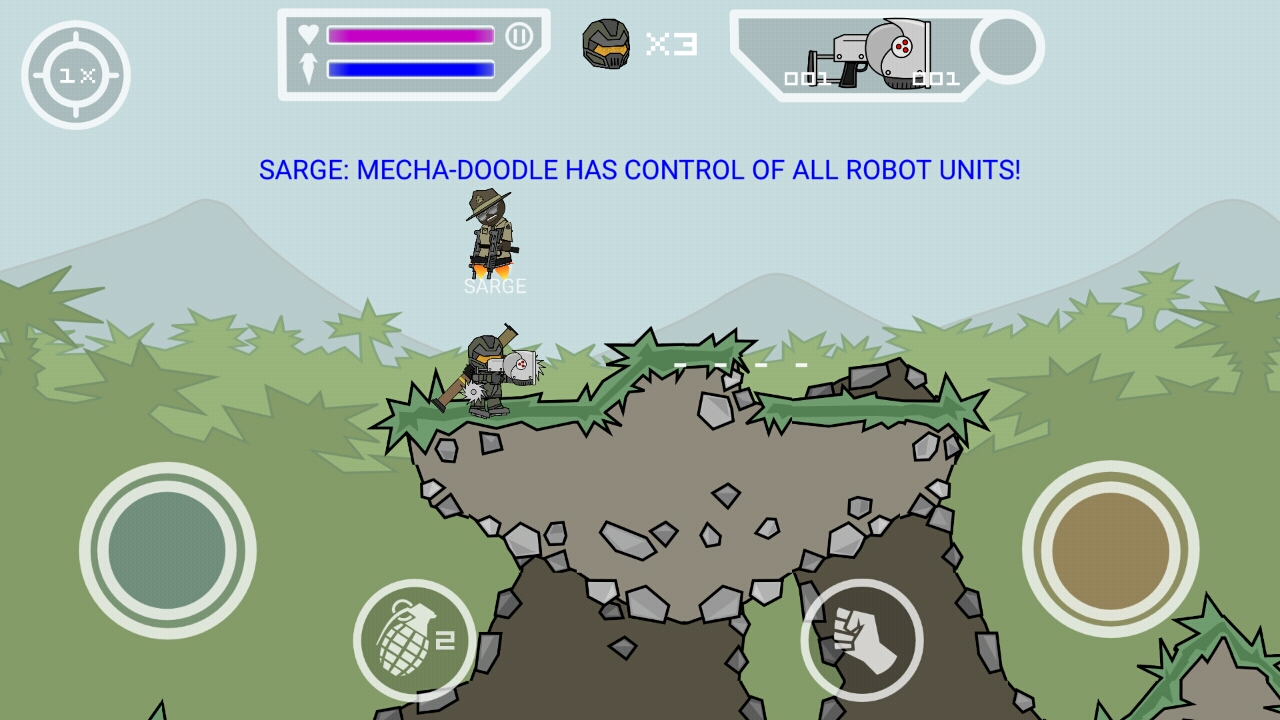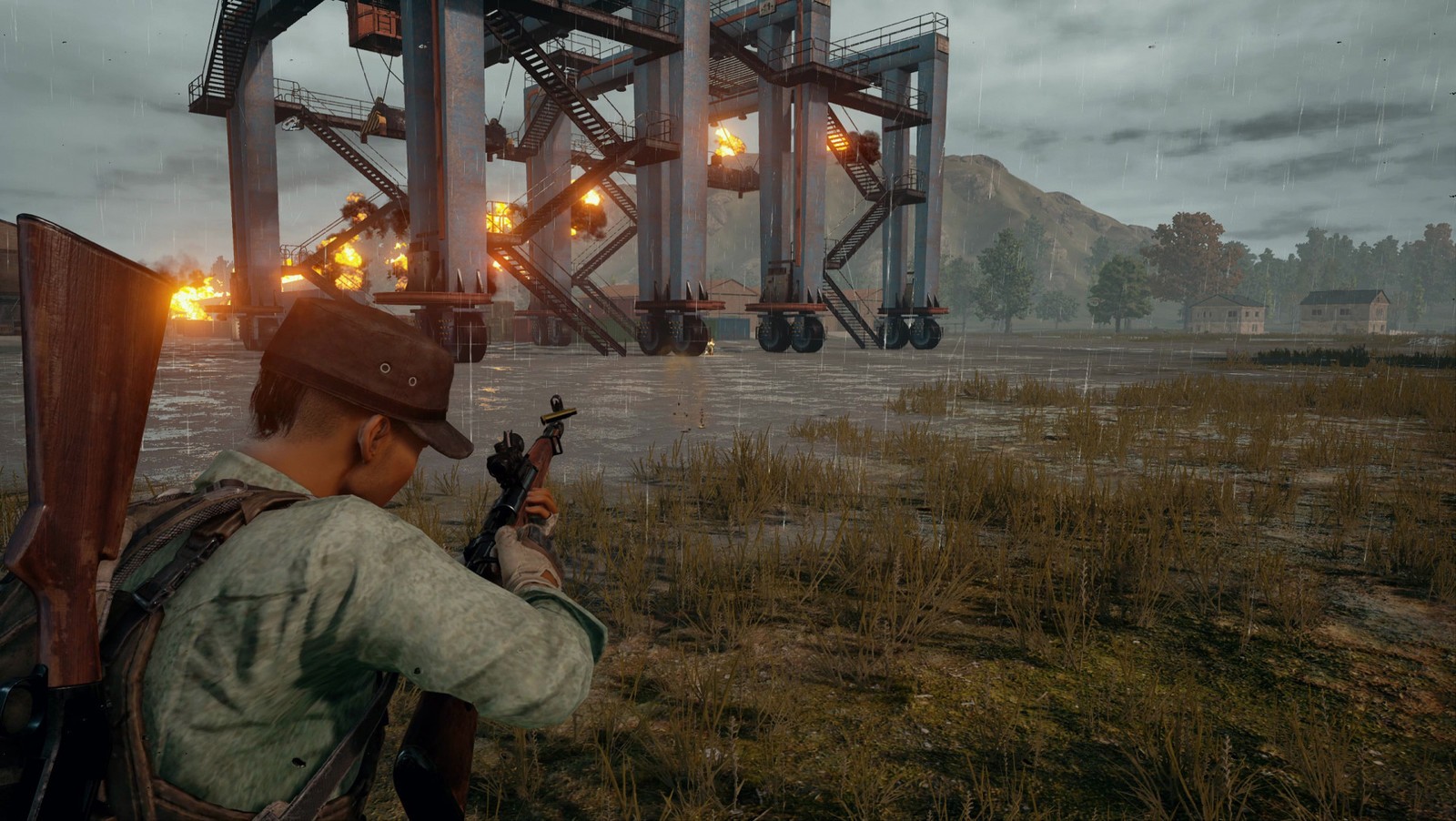How does a game server work to handle multiplayers?
- November 9, 2018
- 0
Are you a person who is fond of playing games; especially online with multi players? Have you ever thought how multiplayer games work with the help of game servers? Let’s begin with a few insights.
In most cases, modern online games use a client-server model. In a simple client-server paradigm, a player transmits inputs, for instance, clicks to the server, mouse movement and key presses. The server refreshes the state of your character in the game world and returns with an aggregate carrying the renewed state of your character and other players as a response.

Brief History of Multiplayer Games
At the beginning of gaming history, games were networked peer-to-peer, with several computer transacting information with each other in a completely combined mesh topology. These kinds of game models still exist in RTS games, and interestingly for some purpose. As it was the first way – it may be how most people believe that game networking works. In the next stage of action games, the restrictions of peer-to-peer lockstep grew visible in Doom, which regardless of playing well over the LAN, performed horribly over the internet for typical users.
Later, in order to advance ahead of the LAN and for instance, the well-connected university networks or large organisations, it was essential to develop the model. And this was when the client-server model got released and replaced some of the existing peer-to-peer gaming systems. In 1996, that is precisely what John Carmack and his partners did when he released Quake employing client/server instead of peer-to-peer.
Now substitute for each player running the same game code and interacting straight with each other, every player was now a ‘client’ and they all communicated with just one network called the ‘server’. There was no longer any need for the game to be deterministic over all devices because the game actually was on the server. Each client efficiently worked as a dumb terminal displaying an estimate of the game as it played out on the server. This was an excellent action onward. The nature of the game practice now depended on the correlation between the client and the server instead of the delayed peer in the game. It also became tolerable for players to pause and resume in the midst of the game, and the number of players grew as client/server decreased the bandwidth needed on average per-player.
What transpired next would change the industry forever. Previously, the problem was of course latency. Later, developers cleared and moved on to make everything work perfectly.
Client-Side Prediction
In the original Quake you experienced the latency between your computer and the server. For example, press forward and you’d wait however long it took for packets to progress to the server and back to you before you’d really start going and in another case, press fire and you wait for that same delay before shooting.
If you’ve tried any modern FPS for instance ‘Call of Duty’, ‘Modern Warfare’, you feel that the experience is better without delays. Thus soon in order to eliminate the latency, the client works more code than earlier did. It is not a dumb terminal giving inputs to the server and inserting between state sent back. Rather, it is capable to foretell the evolution of your character sectionally and rapidly in response to your input, operating a subset of the game code for your player character on the client machine.
Now as soon as you push forward, there is no pause for a round trip between client and server – your character begins moving forward right away.
Multiplayer game server architecture
The server will have a “vertical scan rate” which is the rate at which it updates player information frequently. It is preferred to be haste, because in a game every moment counts. Usually, several ticks are required to give the user a real-time experience. A tick means, the number of times per second that the information gets updated. On every tick, the client might send player’s actions, attacks or any variation to the game world. There’s one authoritative version of the world operated on the server. But various methods are used to make certain that the consumers are not expecting on the other end before presenting an action.
There may be a deterministic action and non-deterministic action. In deterministic action, the server can prognosticate the future state of the object based on the original data. For illustration, to give a gunshot event the server only requires to understand some primary information like direction and power. Depending on this info the server can direct the client how to complete the play. In non-deterministic reply, the server cannot foretell the future event. So the clients want to send a consistent flow of data to the server. Having got the input data, executed the simulation, the server transfers containers holding an official version of all the client’s points.
Simulation code uses those data streams, affects movement and settles them into the particular figure positions. This simulation can operate both on the server and on the consumer. From a programming aspect, we want to cope with latency. At the same time it takes the message to report, things will have passed. Both server and consumer have to play tricks with time to carry on with latency.
To provide the player instant feedback following a keypress, the client can predict what the situation of the server is working to be after it gets the player’s input and performs this shortly. The client then reports its new place to the server. To predict the precise state change, the client must also affect the game environment. However, because of the latency, the client and server may turn out of place. The server may frequently notify the client that it requires an improvement at this point, which will appear in the player’s unworkable movement.
To remunerate for syncing issues, one plan is for the server to allow a specific amount of variation between what it thinks the player’s status should be and what the player reports. Once this is attached, administering the local player’s position change quickly leads to a much steadier game. Each client machine transmits a constant stream of packets to the server, where every packet would include an uncomplicated update of the player’s inputs. Each tick, the client might designate a mouse position, or keys pressed. This is an under bandwidth stream.
The simulation code uses these input streams, simulates motion and settles them into character positions. This simulation can operate both on the server and on the client. The server grants out packets of data when its associated input is received, the game position will be simulated using the transmission. In most cases, this will accurately match with what the client assumes. These client positions only compare to mobile objects. All the unvarying objects are never updated.
Mostly, the server packets will reunite with simulations performed on the client. But when the two oppose, the server’s version is estimated to be authoritative. It is 2018, so now games like PUBG (PlayerUnknown’s Battlegrounds), Fortnite Battle Royale, Overwatch, Quake Champions, etc. are on trend, game fanatics are waiting to see what will happen next in the gaming technology!





